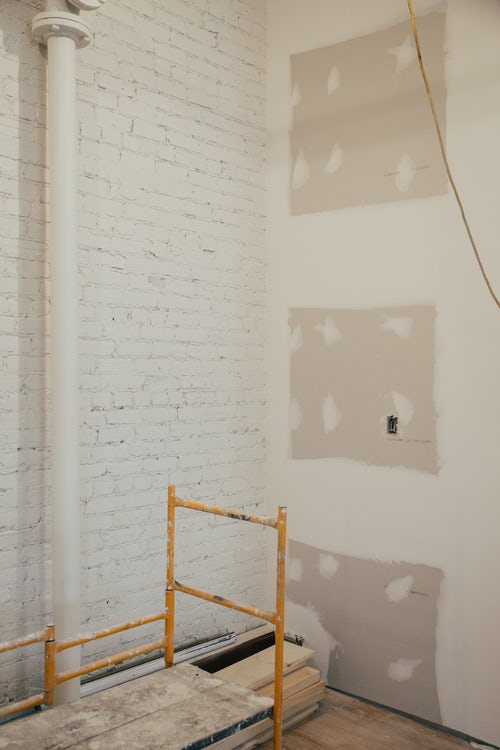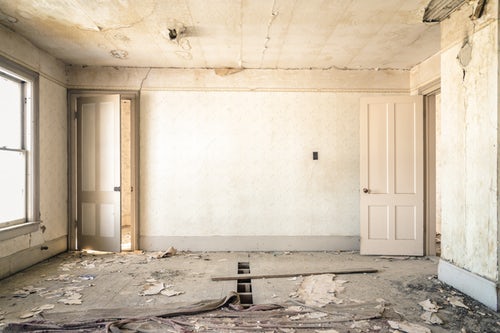There is nothing worse than being so proud of the home you have spend a tonne of money on, decorating it the way you have always dreamed of and find out that the room has been affected by rising damp. Maybe you don’t even know you have rising damp as it’s not always visible but you can certainly smell it – the smell of damp is hard to ignore. Rising damp is a fairly rare form damp compared to black mould, wet rot, penetrating damp and flooding. Read on to read up on everything you need to know about the nasty rising damp, how to tackle it and how to prevent it.
What Is Rising Damp?
Rising damp is a form of damp or mould that affects the walls in your property. The clue is in the name really…it occurs when moisture or dampness travels from the floor up into the walls through the bricks.
The bricks act like a straw, sucking up all the water from the ground. Once the water is in the walls it can get through porous materials such as skirting and plasterboard.
Rising damp can cause plaster, paintwork or wallpaper to deteriorate and become damaged. It leaves a large stain on walls on the inside of your property, meaning more work than just a slick of paint will need to be done.
What Causes Rising Damp?
Most properties now are build with a special barrier that should prevent issues like rising damp. However sometimes the barrier breaks which allows moisture to seep through which can lead to the rising damp.
Examples of causes include:
- Debris in the wall cavity or subfloor void.
- Internal or external renders / plasters overlapping the DPC
- External ground levels being raised above the DPC.
- Inappropriate insulation material in the cavity.
- Solid floors
- Intersecting masonry structures / abutting garden walls.
Where Do You Find Rising Damp?
- Tide marks and damp stains
- Peeling wallpaper
- Decayed skirting board
- Salts within plaster
- Black mould
- Salts forming in the external bricks
I Have Rising Damp! How Do I Treat It?

Most of the time, specialists would firstly have to come and survey the property. They would have to assess how bad the damage is and what the appropriate action is to take.
Then damp specialists would set up the damp barrier from the floor upwards and inject a chemical damp proof solution and cover the walls with a protective membrane to help any further damage. The affected area is then re-plastered and decorated.




